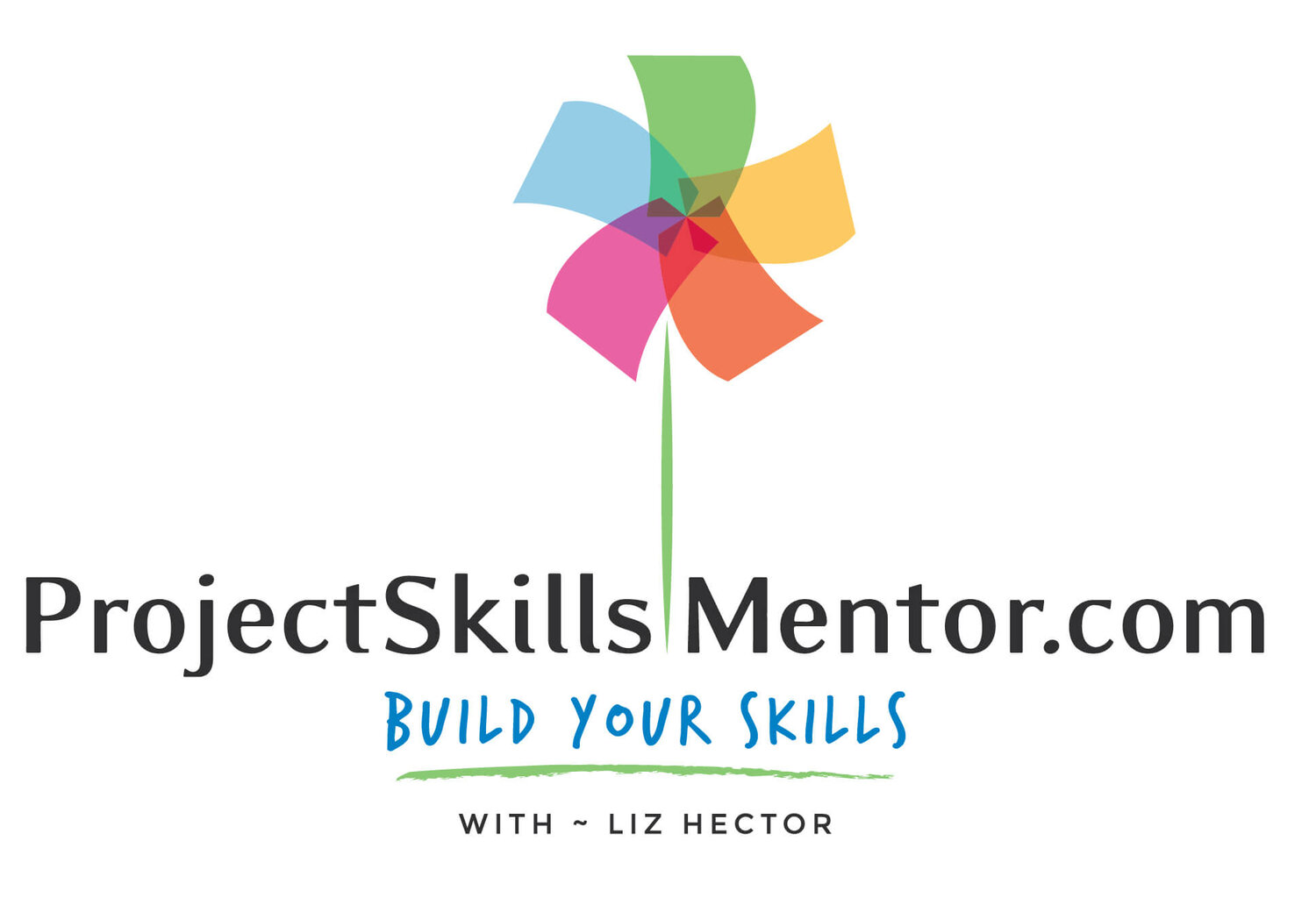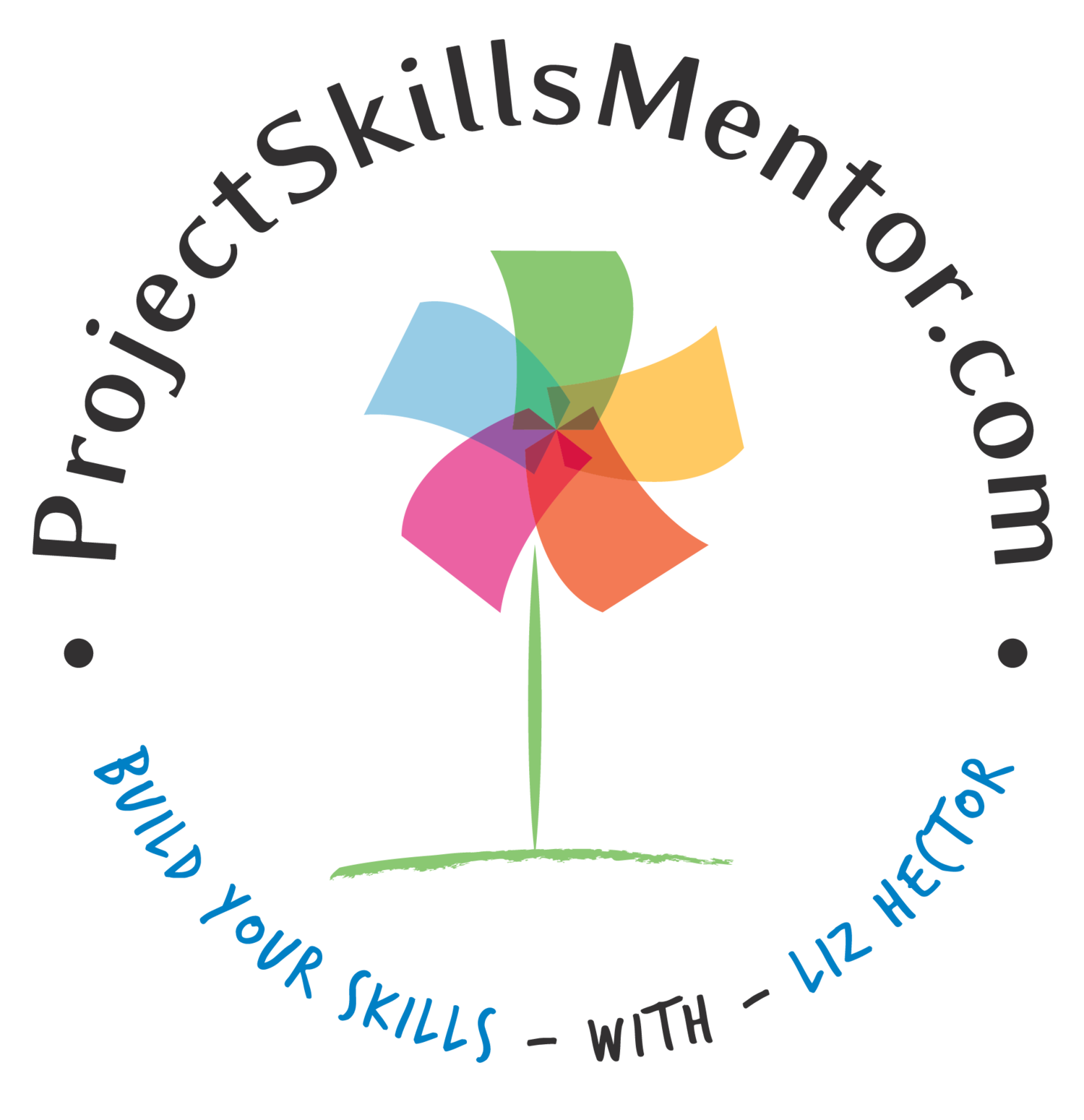Successful UX Outcomes Through Design Thinking
Using Design Thinking on your Project or UX Solution can improve Outcomes. Here are 3 (maybe unexpected) ways to use Design Thinking.
How does Design Thinking improve Outcomes?
Engage with Anyone
Ideate for Insights
Prototype Anything
All of these outcomes can result in more Profitability for your organization.
In my article about Design Thinking, we discuss how this process is a powerful and simple system to follow as a way to streamline a project’s workflow. To refresh your memory, Design Thinking is "a problem-solving approach specific to design, which involves assessing known aspects of a problem and identifying the more ambiguous or peripheral factors that contribute to the conditions of a problem" (Interaction Design Foundation).
As you can imagine, Design Thinking is an efficient process for all UX designers to adopt. Design Thinking creatively solves problems and can transform the User, Product, or Brand.
But Design Thinking can also bring unexpected benefits - 3 ways Design Thinking provides better UX Outcomes.
1. Empathize and Define to understand anyone
The Empathize and Design steps are essential in Design Thinking to bring you closer to your target audience. Even if you and your team come from a different walk of life than your target audience, this step can help you understand their experience! This allows you to learn to engage with anyone.
To get started in empathizing with your target audience and defining their problem, ask yourself:
What target audience problem are we trying to solve with our product (website, application, program, etc.)?
What does your audience's experience look like with this problem?
How do they feel and think about this problem?
How do they try to solve this problem on their own?
Can you offer a better solution for solving this problem?
Does this problem have a massive impact on their life?
What do they need from your product to solve this problem?
Your target audience and the problem you are addressing for them should be at the forefront of your mind throughout the entire design process. This will keep you centered and in the right mindset to design a wonderful user experience. Fully understanding how to solve a problem for your target audience will also lead to a successful UX.
This means the process of understanding any user and any problem is built into the way that Design Thinking works. So you can use it for every part of the user experience. Use it when trying to gain insights into your:
Customers
Suppliers
Team
Employees/Employer
Audience
2. Ideate to Better Visualize and Understand to give you new Insights
We are all visual creatures! Sometimes, it helps to take our inner thoughts and collected data and apply them creatively and visually. This allows us to view the information in a different light. As you can imagine, this can also help us in thinking about the data differently! Design Thinking is a visual process - and you can use it to improve insights in almost any aspect of user, product or brand design.
"Creative visualization is a good example of how to use your imagination to help you create whatever you want to happen in your life. The technique has been around for a long time, has been well-researched, and its usefulness has been demonstrated" (Psychology Today).
There are many ways you can visually ideate your thoughts and data to promote successful UX outcomes! I've included a list of the most popular ways people choose to view their information.
Transform Your Information into Visuals
Flow Charts
Mind Maps
Venn Diagrams
Custom Infographics
Word and Image Clusters
There are no set rules for visually expressing your ideas! Everyone has varying personal preferences on how they best brainstorm and portray their thoughts to their team. From mind maps to custom infographics, all creative visualization methods can be equally helpful.
Insights from ideation can help with product development, but it can also resolve a organizational issue or help you see a problem you didn’t know you had.
Would you like more tips about creatively visualizing your thoughts and data for positive UX outcomes? Check out my Ideation YouTube Playlist!
3. Create a Prototype for anything
Design Thinking
Helps to understand the problem and transform it into a beneficial solution for a:
Data
User
Project
Product
Brand
The User Experience can be anything. This means you can also prototype anything. Prototyping is the power to understand your outcome before you ‘go-live’. Doing this helps your outcomes, what every they are to work better and be more relevant to your user.
What kinds of things can you prototype?
Data Capture and Transfer. Map it and try it to ensure your integration and data move seamlessly.
User Reactions. Maybe you want to understand an audience. Reactions can be surprising. So plan for what might happen and how you will respond.
Project Processes. Do a team walk through to make sure they work before your project starts.
Product Design, of course! This is why design thinking was created, but think about a new aspect of the product to test the physical size and shape, transportation (think amazon shipping), or usability for different ages of users.
Brand insights. Use design thinking to assess every aspect of your Brand - for your personal, product, project or business. Using a user experience approach can unlock perceptions you won’t otherwise see.
Your prototype does not have to be as involved or fancy. This is your time to play with ideas. So make it complete enough to test the solution out. Review any UX issues that arise in the process of testing your prototype and take notes. These issues will inspire essential changes and will, inevitably, make your final product even better.
There will most likely be many prototypes tested before you and your team land on a final solution. That's okay! That is how the Design Thinking process is supposed to go. What is important is that you thoroughly test the product to pinpoint any future issues or roadblocks for your target audience.
Make you UX Outcomes Sustainable
The term "Design Thinking" is more than just a buzzword. The methods and process of Design Thinking are vital for discovering the unexpected and delving into ‘what if’ scenarios. It can help to break down an overcomplicated process or design workflow into easily achievable steps. All of these are examples of improved UX outcomes.
When creating UX designs, it is essential to remember that your target audience is humans. It helps to remember that humans are diverse, complex and are not perfect. So use Design Thinking iteratively to build your solution. A variety is needed to capture all possibilities and hone your concepts.
Maintaining a flexible and adaptable mindset is key within User Design. It is also important to follow your instincts, but support with data and testing.
Use Design Thinking UX to make yourself a more creative and innovative thinker. Use processes that build that creativity, insight and conceptual framing into every part of the process. Design Thinking sets UX designers up for successful UX outcomes.
If you are on a Project Team, Design Thinking can provide a comprehensive process to build empathy and understanding with your user and create a project based on Design Thinking. I have often designed my project processes to echo the product we are creating. This alignment makes the goal clear to every project team member every single day. I challenge you to empower your team with this kind of thinking and let me know your results
For more quick UX process tips, you can visit my previous article, "Essential Tips for Success UX Design in 2021"!
I hope you found this information helpful. Please comment if you'd like to hear more about a related topic. Thanks!







